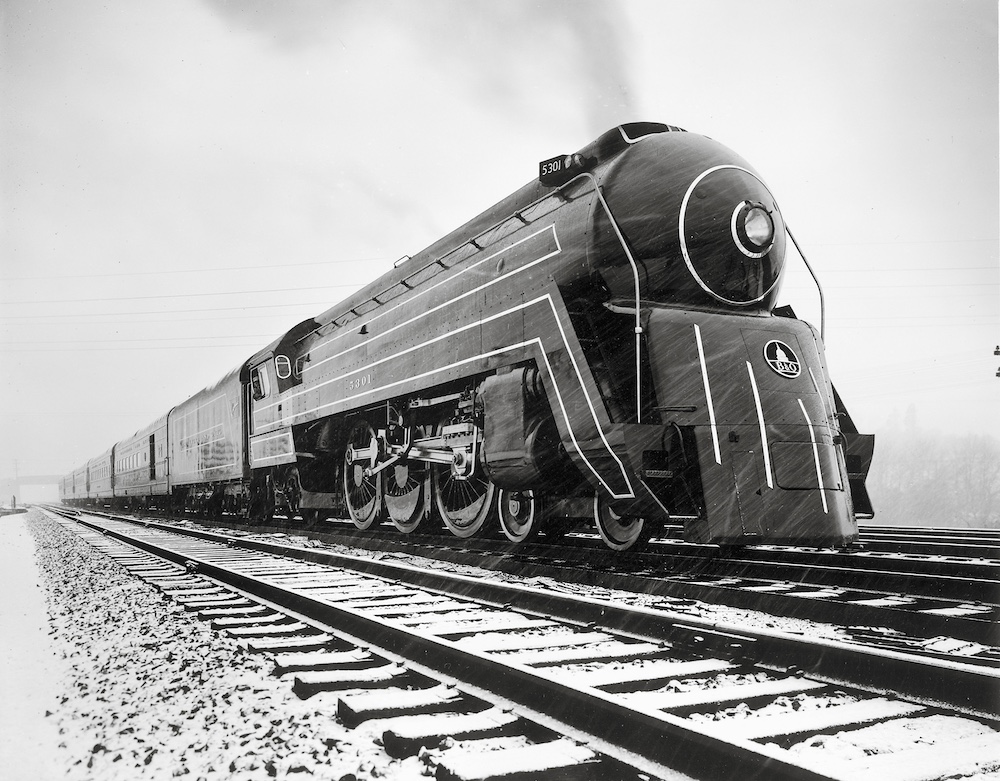
More than most machines, a steam locomotive’s design reflects its intended use. There are reasons why high-speed passenger locomotives have tall driving wheels and two-axle leading trucks while hard-slogging freight hogs tend to have shorter drivers and a single-axle leading truck. The differences between locomotive types are as apparent as night and day. Which is the right type of locomotive for a specific train? To answer that question, let’s plant a fedora on our heads, clamp a cigar between our teeth, and start thinking like an old-time locomotive superintendent.
Front truck. Steam locomotives are made in many wheel arrangements. The streamlined beauty above is a 4-6-2, meaning it has a four-wheel truck in front (called an “engine” truck), six much taller driving wheels under the boiler, and a two-wheel trailing truck under the cab.
The amount of work a locomotive can do depends on how much power it can deliver before its driving wheels start to slip. Railroads want as much weight as possible pressing down on those drivers. In fact, many steam switch engines have nothing but driving wheels. However, early in the evolution of locomotives, designers realized that a leading truck was needed to safely guide an engine into curves at higher speeds. A four-wheel engine truck in front gives the kind of high-speed stability that’s vital for a ballast-scorching limited. A husky 2-10-2 freight engine like the one pictured below has different requirements. Here, a single-axle leading truck (called a “pony” truck) places more of the massive boiler’s weight squarely on the drivers.
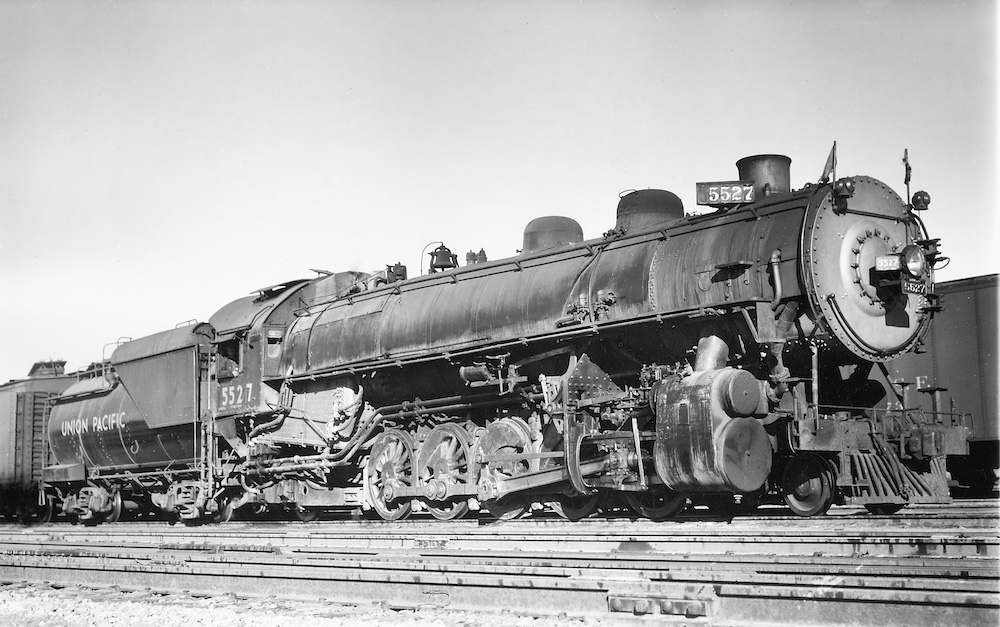
Trailing truck. The first steam locomotives had small fireboxes that could be tucked between the rear drivers. As locomotives increased in size, wider and deeper fireboxes appeared, and trailing wheels were needed to keep the engine’s weight balanced from front to back. Single-axle trailing trucks appeared first, followed by two- and even three-axle designs.
Driver height. Driver diameter is often the key to higher speed. As a locomotive moves, its pistons slap back and forth and its connecting rods rise and fall. These moving parts are large and heavy, and the faster they move the greater the punishment the locomotive must absorb. To ease the load on its running gear, passenger engines frequently have tall drivers, sometimes 79″ or more, which allow them to cover more ground with each revolution.
Freight engines have exactly opposite requirements. To start a heavy train moving, smaller drivers are able to deliver more tractive force per piston stroke. But there’s a limit to how small is too small. Locomotive wheels need counterweights for smooth rotation at high speeds, and a driver of less than 63″ doesn’t have enough room for an effective counterweight. That will limit the locomotive’s top speed — a big consideration if you have fast freights on the timetable.
Of course, if you’re in the market for a switch engine or have unusually heavy trains, then tractive effort is about the only important factor — it’s no surprise the majority of switchers were built with 51″ drivers.
Locomotive fuels. There are more than 50 varieties of coal in the United States, and every single one of them was used as locomotive fuel at one time or another. When you’re buying thousands of tons of anything, transportation costs add up fast. So railroads tended to buy coal from the closest provider, even if its burning properties were not ideal. It was a different story out West, where oilfields are more common than coal mines. Steam locomotives in the West and Southwest were often oil-fired. Oil has an important advantage over coal. Bituminous coal is about 50 percent fixed carbon, 40 percent gaseous matter, and 10 percent ash. That’s a pretty good recipe for boiling a lot of water, but oil’s even better — it’s nearly all carbon and hydrogen. A ton of oil produces more heat than a ton of coal.
Locomotive designs are driven by geography, by traffic patterns, and by the service needed — switcher, commuter, local passenger, long-distance passenger, branchline freight, or time freight.






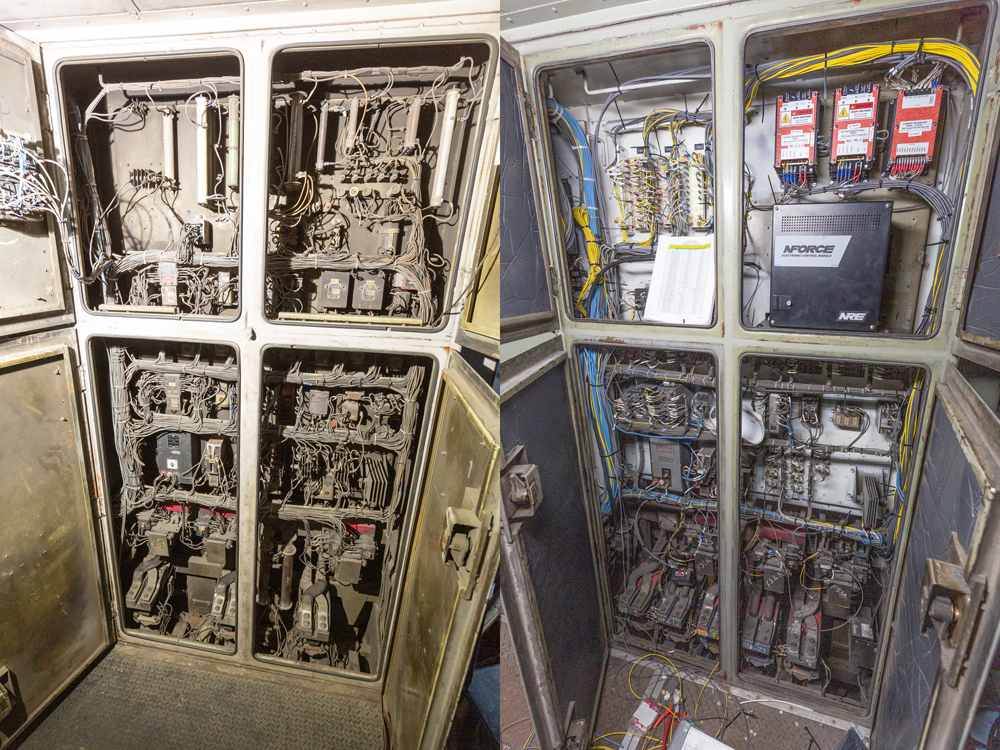
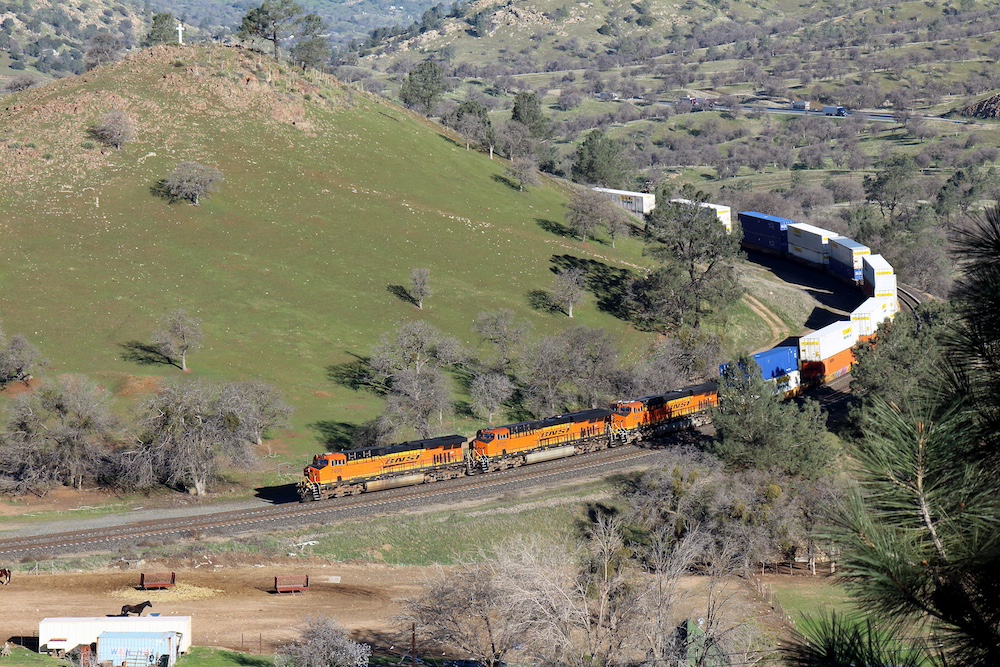
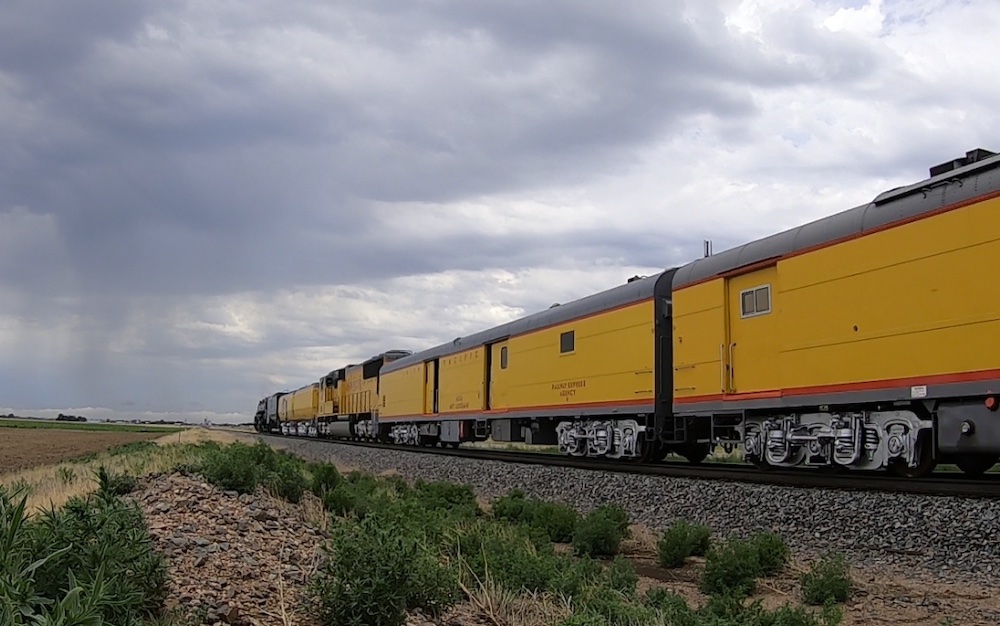
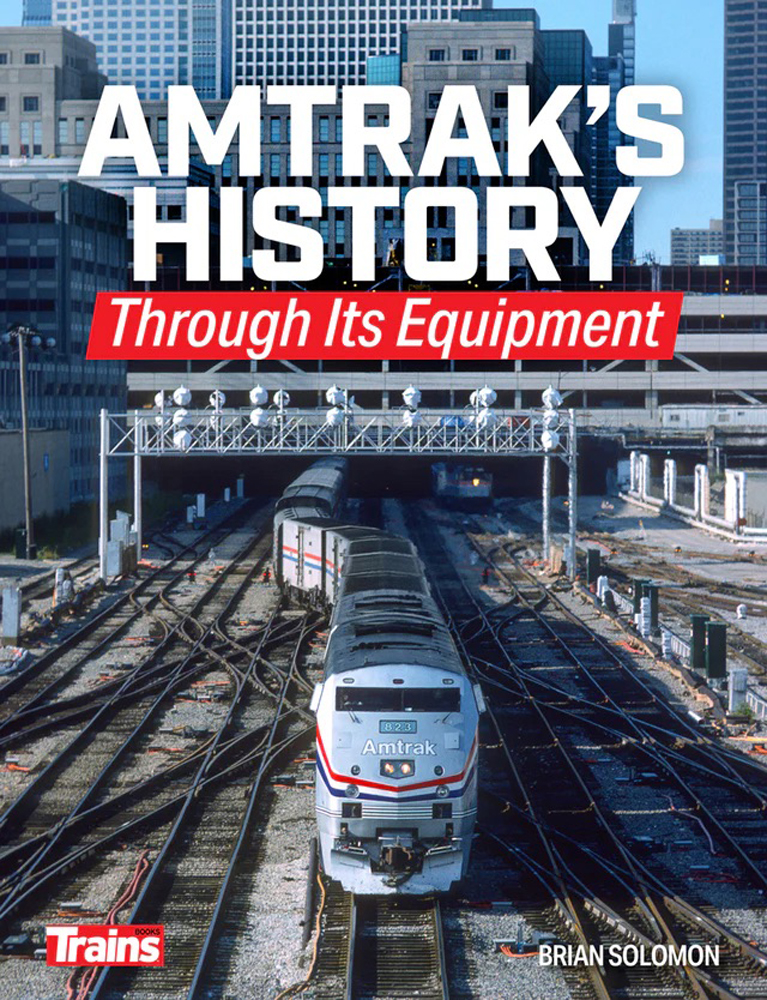
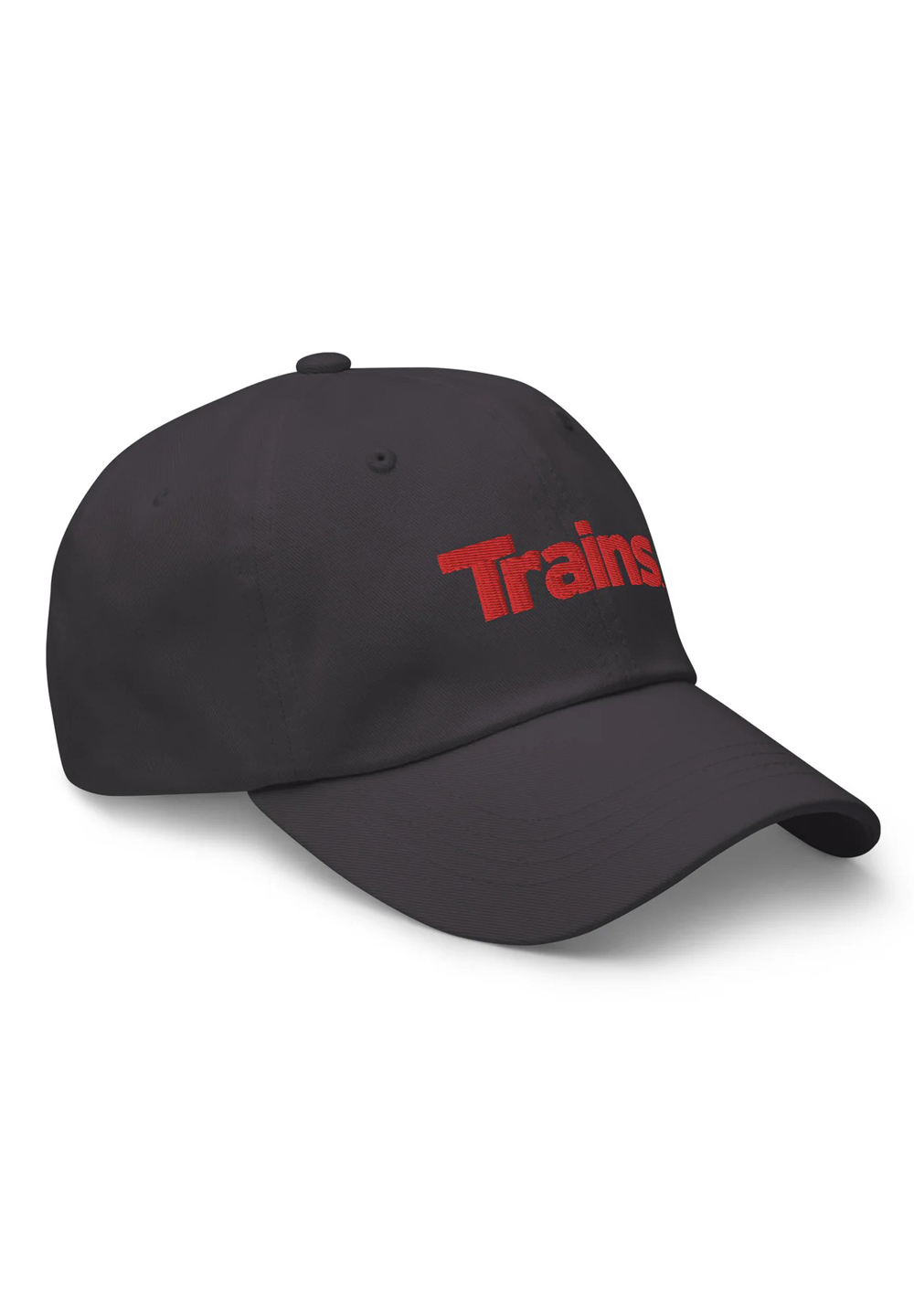
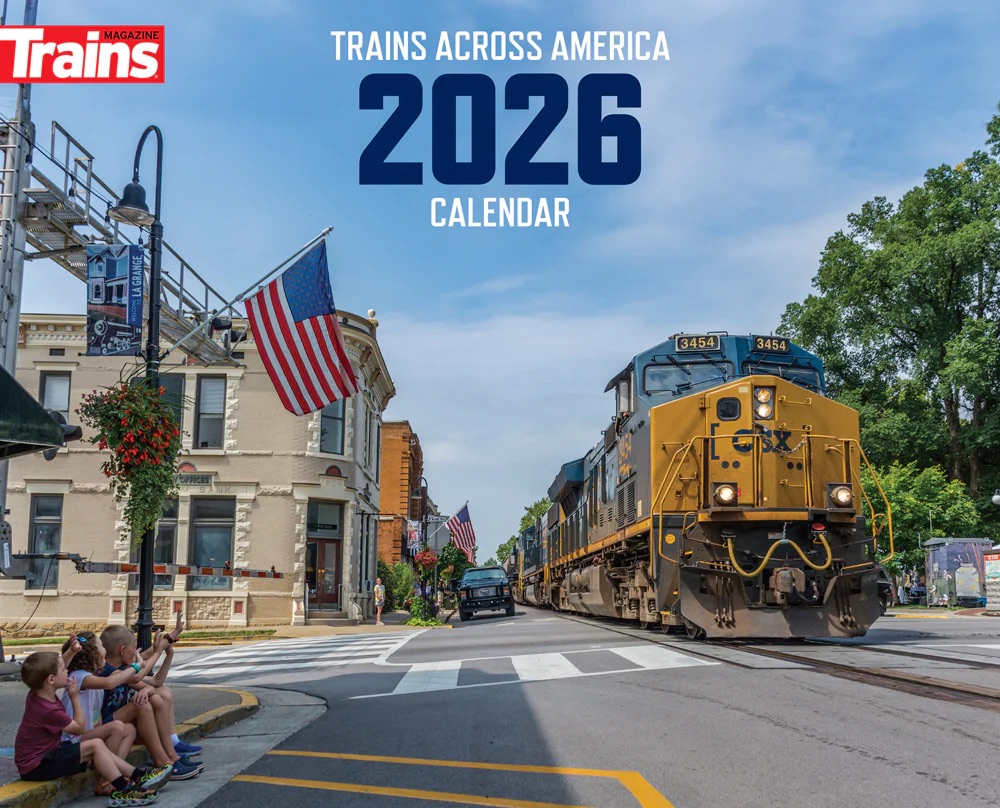
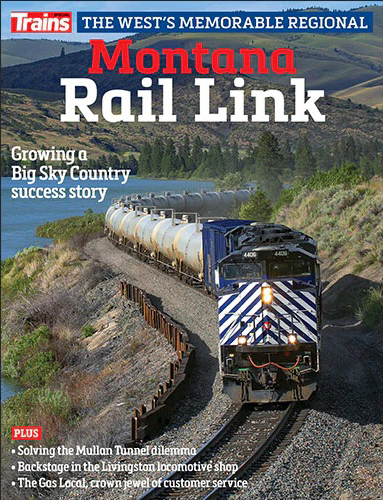
Thanks for the info! I’ve always wondered about the number of axles on leading and trailing trucks. And their purpose as well.